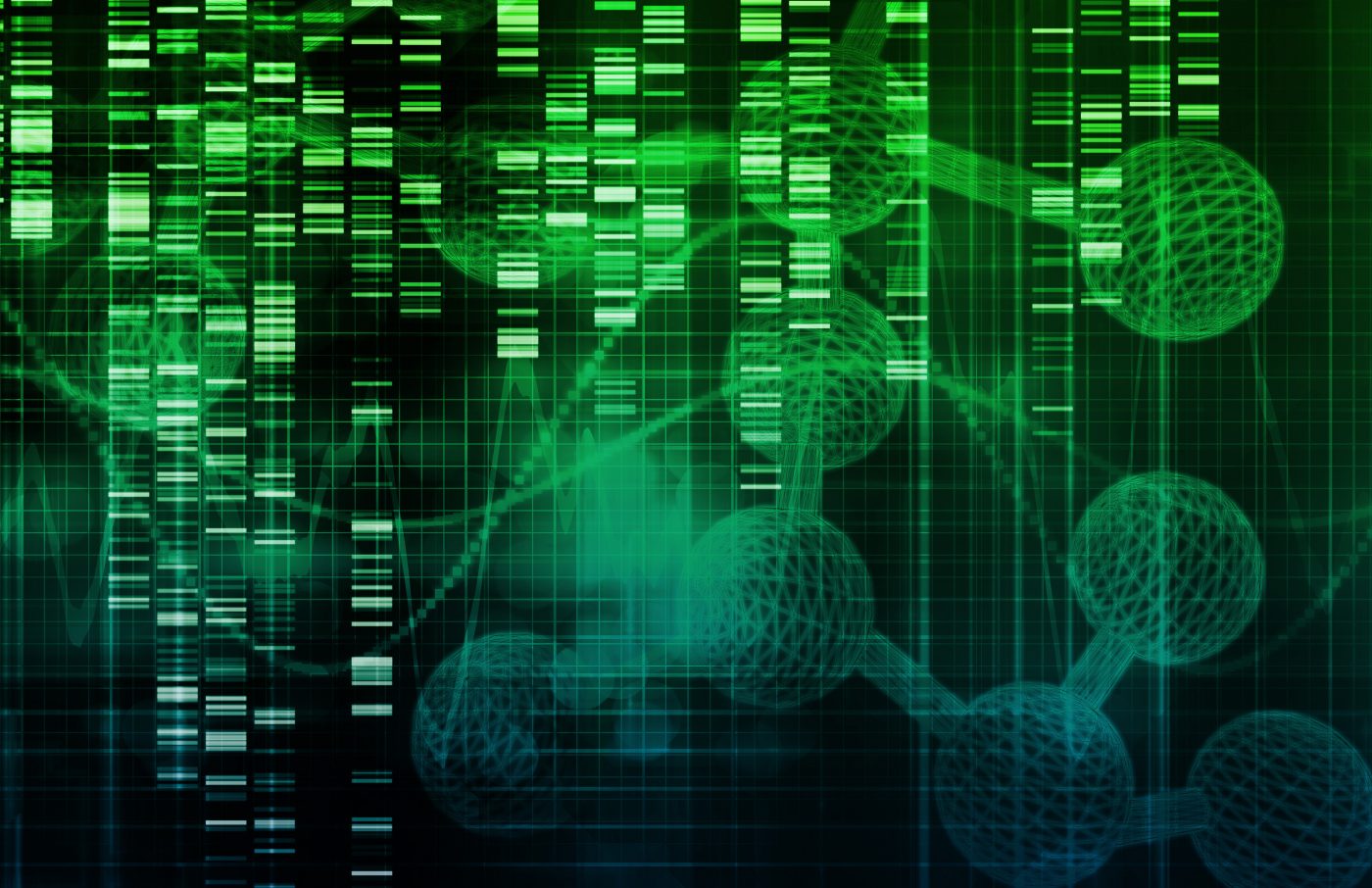Muscular Dystrophy Diagnosis Improved With Technique That Detects Gene Mutations

Researchers have found that RNA sequencing is able to identify disease-causing genetic mutations in non-coding regions of the DNA. The technique can be used to aid in diagnosing muscular dystrophy (MD). The study, “RNAseq analysis for the diagnosis of muscular dystrophy,“ appeared in the journal Annals of Clinical and Translational Neurology.
RNA is ribonucleic acid, whose main role in the body is to carry instructions from DNA to control the synthesis of proteins.
While muscular dystrophies share many clinical features — muscle weakness, elevated creatine phosphokinase, and dystrophic changes on muscle biopsy — the disease is caused by numerous different mutations. About 50 percent of children with suspected MD do not have an identified gene mutation.
This prolongs the time to diagnosis the disease and leads to less-than-optimal care recommendations and prognostic information. It also exposes patients to unnecessary testing and slows research into the mechanisms of disease and development of treatments.
Whole-exome sequencing and next-generation sequencing-based gene panels have already improved knowledge, and hence genetic diagnostics. In spite of the advancements in diagnosing MD by these techniques, many mutations remain undetected.
Mutations that alter RNA expression or processing are potential contributors to disease and have not been well investigated. Such mutations may occur both in regions captured by whole exome sequencing and in non-coding regions usually not explored in detail.
Next-generation sequencing based on RNA transcript analysis had not yet been used to study mutations causing neurologic disease. The research team, led by Hernan Gonorazky, used RNA sequencing to demonstrate it is an efficient technique for detecting such mutations.
The report is a case study of a 6-year-old boy with suspected MD. The boy went through standard genetic testing without testing positive for any known mutations. Next generation sequencing of exons in the known limb-girdle MD genes was performed without success.
Since histological analysis showed a lack of dystrophin in the muscle, the team went on to analyze the levels of DMD RNA transcripts using both a traditional technique and RNA sequencing. They observed fragments of cDNA – single strand DNA corresponding to messenger RNA – bigger than usual.
The team sequenced one of the larger cDNA pieces and found a 51 base-pair insertion between two exons. The insertion corresponded to a sequence fragment within an intron in the gene. The mutation was found to produce a stop signal for the decoding of the RNA, leading to an absence of the dystrophin protein.
They then repeated the analysis using RNA sequencing, and could verify the results obtained with the traditional technique. Analysis of the transcriptome – the total messenger RNAs from the boy – revealed altered RNA transcript levels in an additional 1,197 genes, with the DMD as the third most significantly reduced transcript.
The team then went on to establish the diagnostic feasibility of the technique by performing a semi-blinded test in another laboratory, which came to the same conclusions.
The study points to the importance of investigating non-coding DNA regions when looking for disease-causing mutations. The study also demonstrates that RNA sequencing is a fast and reliable technique that could be employed in diagnosing MD by identifying these mutations. The authors believe that RNA sequencing could be used to identify disease-causing mutations across a range of muscle diseases.






